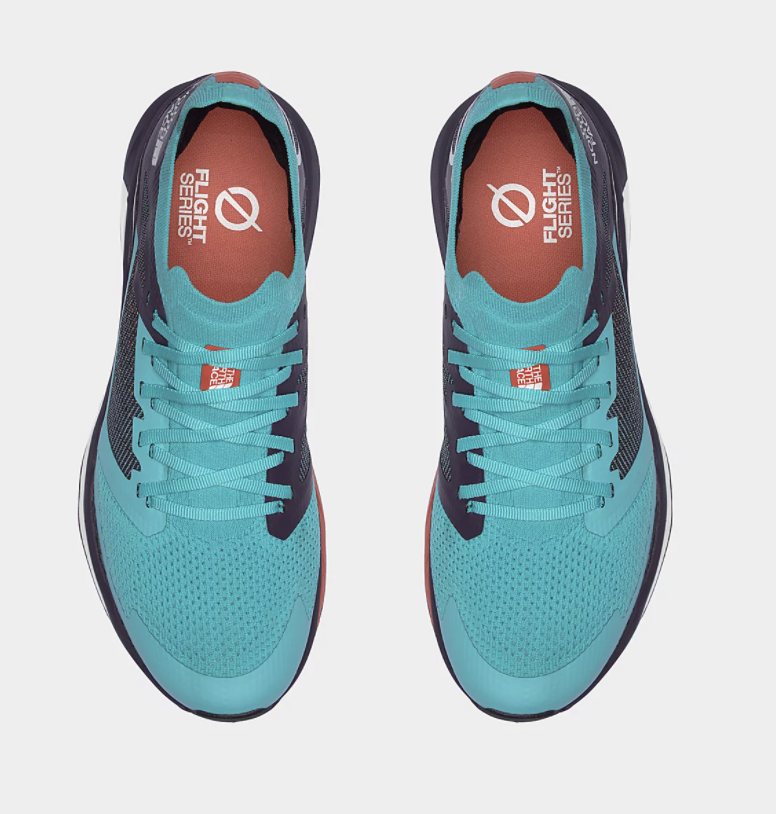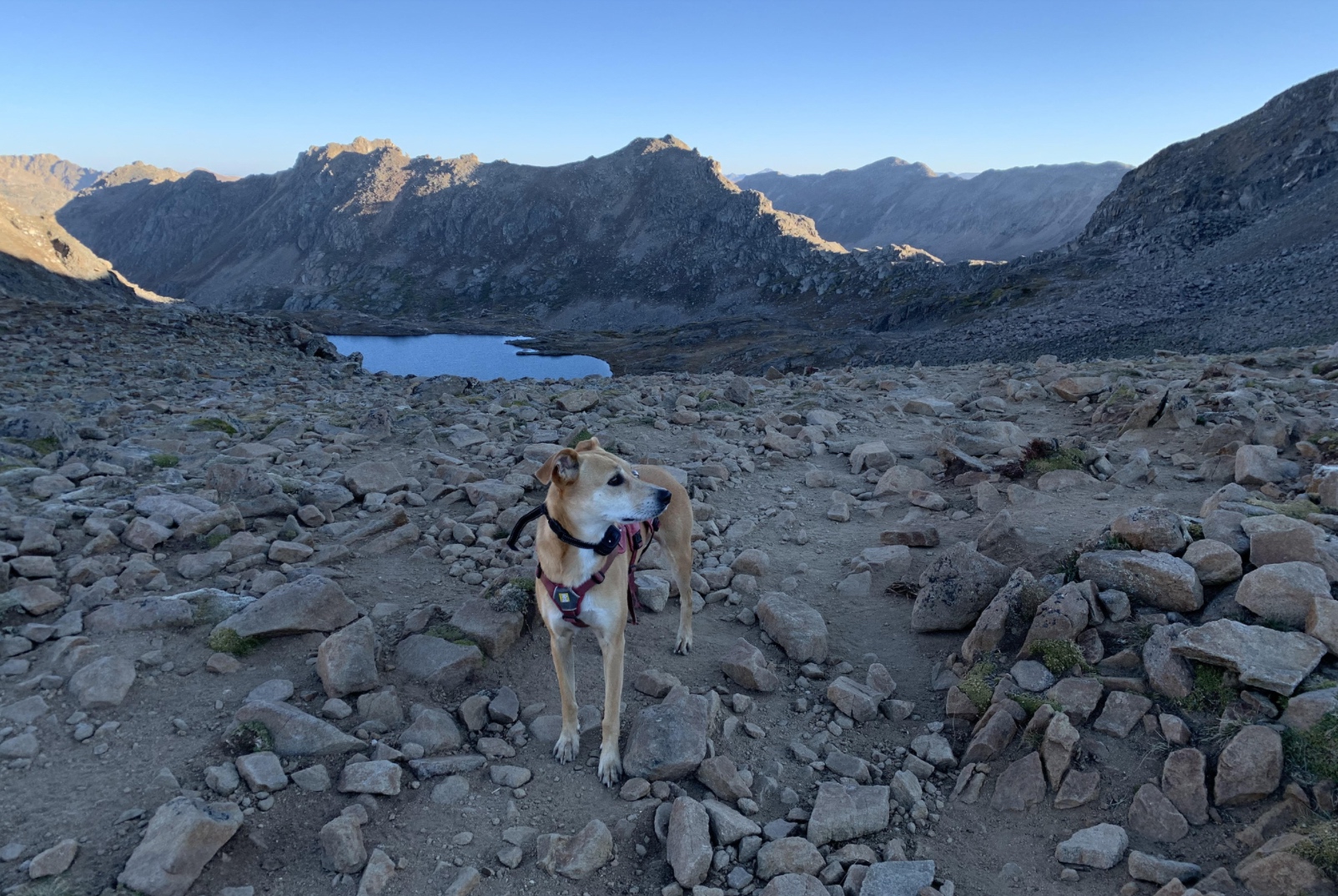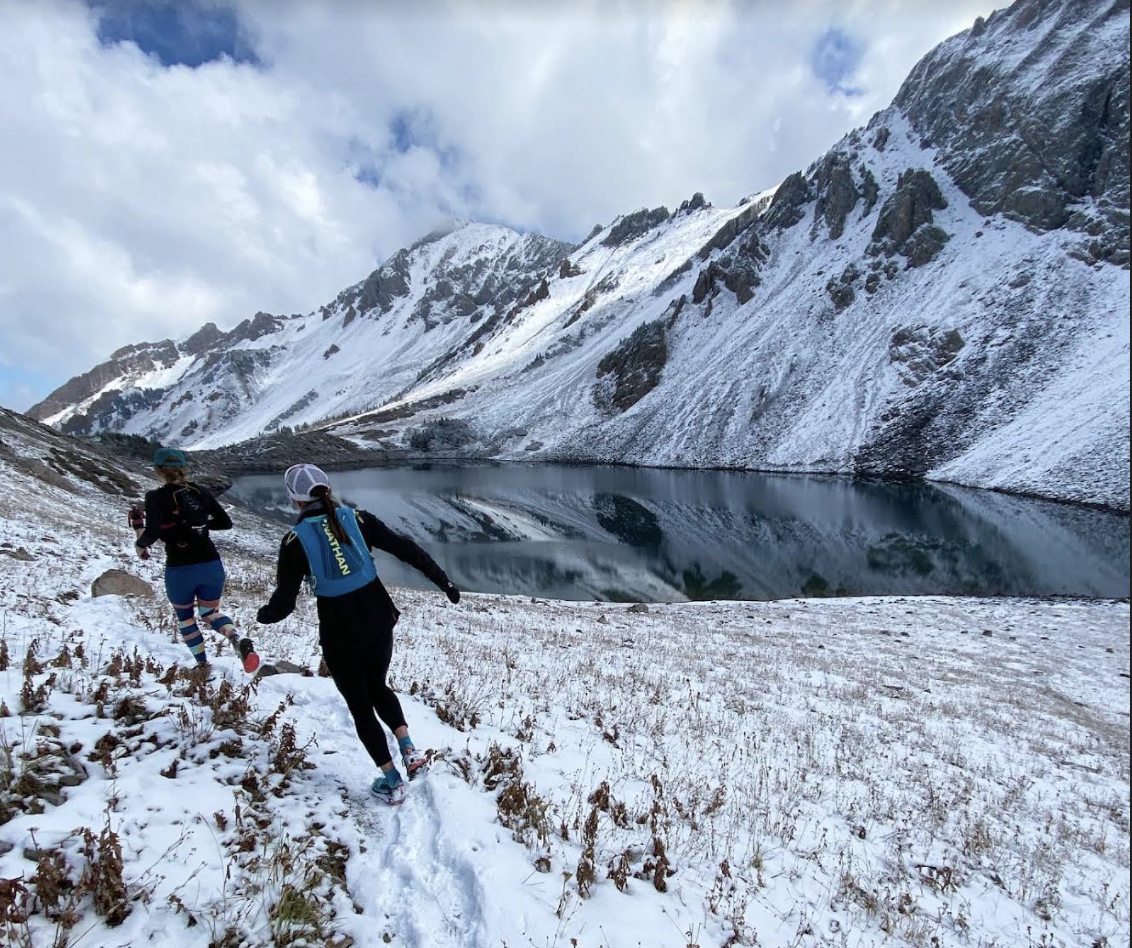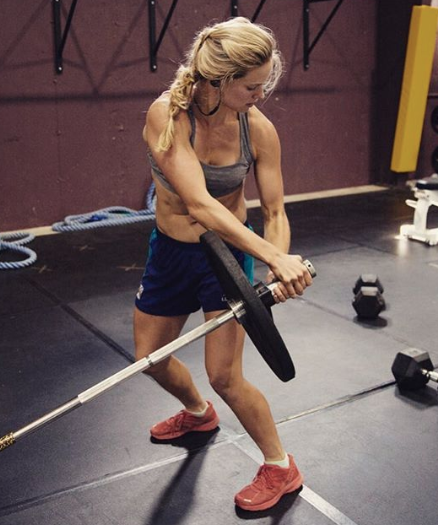
If you follow road running, the buzz around carbon-plated shoes is not new to you. Nike led the way with its Alphafly and Next% series, which sparked rapid innovation throughout the industry to quickly ensure their top racing shoes could compete. In 2021, “super shoes” have quickly transitioned from controversial to nearly ubiquitous, permeating the elite and recreational fields alike.
But what about off-road? Is there a place for the carbon-plate in trail and ultra running, where the improved return on investment caused by the plate might be amplified? A 4% improvement for someone running 100 miles under the common 30-hour cutoff is 72 minutes by time, compared to 9.6 minutes for someone running a 4-hour marathon. Yes — there is a great deal more to this equation, but it’s worth the thought experiment.
Given the dynamic nature of trail running, I was skeptical that carbon plate technology could be readily integrated. On trails, you’re not simply propelling yourself forward; you’re dodging rocks, jumping off of roots, climbing, descending, making quick turns, and trying not to let your dog take out your meniscus.
This spring, The North Face put the concept to the test in the new VECTIV line, featuring the first carbon-plated trail shoes, the Flight VECTIV. I was lucky enough to win a pair at a race hosted by my local running store, Independence Run and Hike, and I have enjoyed putting the shoes through their paces on a variety of terrain surrounding my home in Carbondale, CO this summer and fall. Here are my thoughts.

First: the Fit.
The Flight VECTIV features a seamless knit upper, meaning the shoe has no tongue. The upper is reinforced at the toe, lace eyelets, and heel, and has a “Matryx” panel made of Kevlar and polyamide on the sidewalls to boost stability in the midfoot. The fabric is also designed for breathability and drainage, making it a strong choice for warm days and/or wet trails.
Coaxing my swollen already-wide feet into the shoes after a 14-mile race required effort, and I was unsure whether the toe box would have enough volume to be comfortable for the long haul. The upper was snug and the shoes felt rigid. However, I was pleased with how forgiving the stretchy upper turned out to be. After a few short runs, the shoes seemed custom molded to my feet and I have not experienced any discomfort from restriction in the toe box. Simultaneously, 200+ miles in, the shoes show minimal wear on the upper, indicating that the give of fabric does not compromise durability — and that’s coming from someone with a very wide forefoot who regularly wears through the outer edge of toe boxes.
An additional layer of cushion underneath the laces allows the wearer to customize the tightness of the tie down without risking discomfort from the laces digging into the top of the foot during flexion. The seamless upper is snug and integrates well with the lacing to keep the foot securely in place.
The heel sits snugly in its reinforced cup with the carbon plate wrapping around the base of the Achilles. Combined with the fit of the upper, this provides excellent control — the shoe will match any action at the ankle to ensure your foot is landing how and where you want it to, with minimal slipping in any direction of the foot inside the shoe.
On sizing: these shoes do run long. Dropping down half a size (US) did the trick for me.

Next: the Feel.
The Flight VECTIV was clearly designed for speed on trails. At roughly 8.6 ounces per shoe, they feel incredibly light. The rockered midsole paired with the carbon plate gives the shoe a snappy and responsive feel, making it a great choice for workouts or races.
Despite the stiffness from the carbon plate, the shoe has ample cushion for longer runs. I did find that they felt a little hard on roads, but once they hit the dirt, they kept my feet feeling great, even four-plus hours deep.
The 3D plate design aims to improve torsional stability and redirect motion into forward propulsion, and the resistance to twisting is noticeable on trail. While I do feel this design is supportive through lateral movements on smooth trails, I also find myself rolling my ankles more frequently on off-camber trails than I am used to. My theory is that the torsional flexibility in a traditional shoe allows the shock absorptive structure of the foot and ankle to naturally absorb more of the impact. In the Flight VECTIV, the stiffness of the 3D plate prevents this movement inside the shoe, so the ankle has to roll extra to offset the lack of movement in the foot. The rockered design may also decrease stability. Maybe I’m just clumsy.

As marketed, the breathability of the upper offers excellent drainage when the shoes are wet, and releases heat and moisture to keep feet comfortable during warmer runs. The downside is that they do not hold much warmth when the temperatures fall. My feet quickly progressed toward numbness when stomping through high country snow.
Lastly: the Ride.
At just over 6,000 feet, Carbondale is a high-desert transitional zone between the classic slickrock landscape of Western Colorado and Southeast Utah and the alpine zones of nearby Aspen and the White River National Forest. How does this relate to the shoes? Within a small radius, I’m lucky to have dusty red dirt trails, blending into rugged foothills as the elevation increases and the geology morphs into classic Rocky Mountains high alpine zones. The terrain is widely varied, but also broadly more runnable than, say, the White Mountains or the Adirondacks in the Northeast, where trails are incredibly steep and technical.

The biomechanical payout from the rocker and carbon plate is highest in runnable terrain, and this is where the Flight VECTIV shines. When landing on the midfoot of the shoe, the rocker gives the wearer the feeling of being propelled forward, promoting proper running mechanics and increasing the speed of the transition from landing to toe-off.
Think of it as a diving board; as trails slow down and less force is being applied to the carbon plate, therefore the plate bends less and the subsequent return decreases, along with the benefit of the plate. That said, this shoe is as agile as the wearer in technical terrain. The footprint is tighter relative to the wider design of many trail shoes, like the popular Hoka Speedgoat. Because the outsole was closer in shape and size to my actual foot, I found this allowed me to navigate through technical terrain without worrying about catching the edges of my shoe on rocks or roots.
The outsole offers excellent traction on all of the surfaces on which they’ve been tested, including mud, talus, and snow. The grip and structure of the lugs offer stability and control even on steep and loose descents, allowing the wearer to push the pace both up and downhill.
Summary:
If you’re looking for a light and snappy performance trail shoe, the Flight VECTIV might be your new best friend. The Flight VECTIV can be found at many running and outdoor retailers throughout the U.S., and typically run at $199.

Rachel Perkins
Rachel is an endurance sport enthusiast based in the Roaring Fork Valley of Colorado. You can find her cruising around on skinny skis, running in the mountains with her pup, or chasing her toddler (born Oct. 2018). Instagram: @bachrunner4646



